Clancy Tucker's Blog, page 227
March 28, 2016
29 March 2016 - SINGAPORE
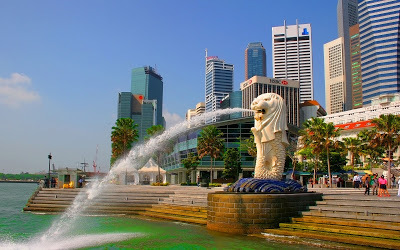
SINGAPORE
G'day folks,
Welcome to Singapore, courtesy of Travelfish. Singapore, an island city-state off southern Malaysia, is a global financial centre with a tropical climate and multicultural population. In circa-1820 Chinatown stands the red-and-gold Buddha’s Tooth Relic Temple, Little India offers colorful souvenirs and Arab Street is lined with fabric shops. Singapore is also known for eclectic street fare, served in hawker centres such as Tiong Bahru and Maxwell Road.
While it's true that Singapore doesn't quite have the guts, grit and grime of Asian mega-cities like Bangkok and Manila, if you give the tiny island a chance you'll see it has loads more than shopping malls, gleaming skyscrapers and strict rules.

The economic powerhouse and chief melting pot of Southeast Asia, Singapore presents a fascinating meld of cultures, religions and languages beneath the shiny veneer of its somewhat characterless commercial front. It's something of a meeting point between East and West -- it has been for centuries in its role as an important port – and you only have to scratch the surface a little to be well rewarded.
Think loads of interesting attractions, ranging from zoos to parks to beaches, mix with some of the region's best (though not cheapest) shopping, some superb transport crisscrossing the lushly green island and add in a wonderful array of tasty cuisines and friendly people, and you'll come a little closer to the heart of what Singapore is all about. Accommodation isn't the cheapest, but the hostel scene is competitive -- and even families can snare rooms at some of them.
The island is incredibly family-friendly, with blissfully unbroken footpaths, wheelchair access to most buildings (don't get used to that if this is the start of your Asian trip!) and a population that generally adores children. And there is plenty for kids to do too, with playgrounds and parks galore. A large concentration of attractions for families -- including world-class Universal Studios -- lies on the island of Sentosa.

Singapore only won independence in 1965 -- it's the youngest country in the Association of Southeast Asian Nations -- after a century and a half of British rule, and a short-lived union with neighbouring Malaysia. Today, English is almost universally spoken among the ethnically Chinese, Malay, Indian and Eurasian populations who now call the island home.
Elements of the respective migrant cultures and identities are still present in the cacophony of languages you'll hear, along with the churches, temples, historic buildings and restored shophouses you can tour, and most importantly for the hungry, the delicious food.
In between sightseeing stops, you'll never have to eat the same thing twice, or even from the same cuisine -- that goes for travellers on all budgets. Because of Singapore's complete modernisation, her local food may not seem as varied, cheap and colourful as say in Thailand, but you can still eat phenomenally for very little.
Take your pick, from Little India's sweaty hawker centres popular with locals -- try Tekka Centre -- where for a few bucks you can eat a superb laksa, to splurging on some of the most respected European, Chinese or Japanese restaurants, where you may still pay less than a regular meal out at home. Singapore's chilli crab must be eaten at least once in a lifetime. (And whatever you do, don't wear white!)
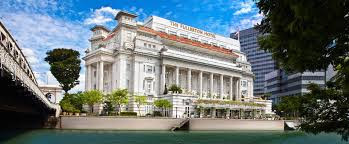
With an airport often voted the world's best and excellent transport connections to all parts of the world, including cheap budget flights to Thailand, Cambodia, Vietnam, China, Hong Kong, the Philippines and Indonesia, Singapore is well placed to ease you into your trip to Asia.
Stop for a peek, settle down in affordable Little India or Arab Street, and spend a few days following your nose. Go for a walking tour or two -- maybe do a brewery tour or even a tour of Singapore's city water facilities -- and head to the Night Safari for an unusual evening out. And don't forget to sip a Singapore Sling at Raffles for a splurge. Singapore may not be an exotic and gritty Asian city, but there's certainly enough history and fun to go around if you know where to look.
What not to miss
Exhaust yourself on Singapore's shopping broadway of Orchard Road. Visit the Night Safari and the fabulous aquarium. Explore Little India and eat yourself silly. Shop, shop and shop a little more. Take advantage of the city's excellent museums and galleries.
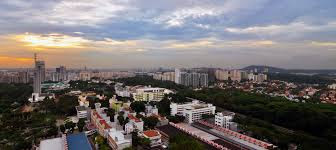
When to go
Singapore is steaming hot pretty much year-round, but it is steaming hot and especially wet during the monsoon. The wettest months are November, December and January. Bear in mind Singapore has excellent public transport and many attractions like museums and shopping are all indoors, so there is still plenty to do on a rainy day.

TRAVELFISH

Clancy's comment: And, the guy who spent decades running Singapore, Lee Kuan Yew, was educated in Sydney and Oxford. In my view, he was years ahead of Australia in his thinking.
I'm ...

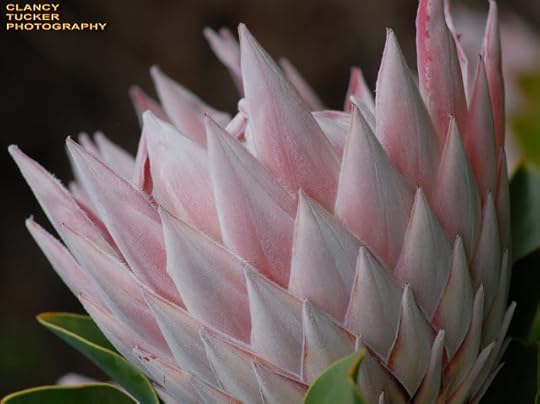
Published on March 28, 2016 16:34
March 27, 2016
28 March 2016 - SYLVESTER STALLONE & ROCKY
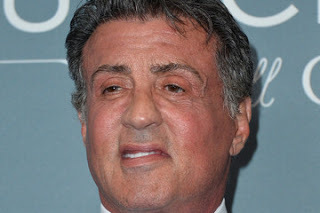
SYLVESTER STALLONE&ROCKY
G'day folks,
I loved some of this guy's movies, especially 'First Blood'. Sylvester Gardenzio "Sly" Stallone is an American actor, screenwriter, producer, and director.
The classic rags-to-riches story got a macho spin in the Oscar-winning Rocky, which was written by its star, Sylvester Stallone. Stallone had his own rags-to-riches tale: Born in the gritty Hell’s Kitchen neighborhood of New York City, he was a juvenile delinquent who was kicked out of a number of schools before he turned 15. After attending high school in Philadelphia and studying drama at the University of Miami, Stallone moved back to New York and later to Los Angeles, with dreams of becoming an actor.
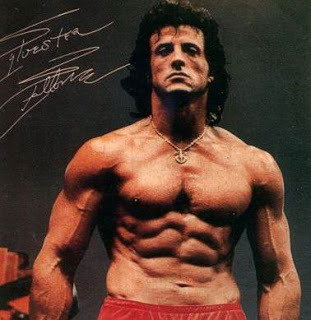
When the idea for Rocky came to him, Stallone was living in a seedy apartment in Hollywood with his wife and dog; he began writing scripts so that he would have better roles to play. According to a profile in the New York Times, published November 28, 1976, he wrote the entire Rocky script in a frenzied three and a half days. After a long negotiation process, Stallone sold the script to the producers Irwin Winkler and Robert Chartoff, on the condition that he play the lead character, the underdog boxer Rocky “The Italian Stallion” Balboa, himself. His only previous leading role was in the low-budget flop The Lords of Flatbush (1974), and the producers had wanted to cast an actor with a higher profile, such as James Caan, Burt Reynolds or Ryan O’Neal.
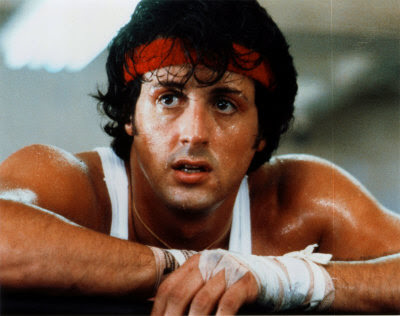
The inspiration for Rocky was a real-life fight between the world heavyweight champion Muhammad Ali and a little-known club fighter named Chuck Wepner. In March 1975, Wepner went 15 rounds against Ali in a title bout in Cleveland, Ohio; he had been such a big underdog before the fight that Sports Illustrated ran his picture on their cover with the headline “Boxing’s Strange Encounter.” In the movie, Rocky Balboa is a club fighter from Philadelphia who takes on the reigning world heavyweight champion, Apollo Creed (Carl Weathers), with the help of his trainer, Mickey (Burgess Meredith), and his love interest, Adrian (Talia Shire). Stallone trained six hours a day for five months to don Rocky’s boxing gloves, popping vitamins and hitting the gym to develop his 46-inch chest and 16-inch biceps.
Directed by John Avildsen and shot in 28 days on a $1 million budget, Rocky divided critics between raves and pans, but it became the sleeper hit of the year, making Stallone–who got 10 percent of the grosses–a rich man and a bona fide star. It was the first feature-length movie to employ the Steadicam, which was used primarily in the fight scenes and the scenes of Rocky running in Philadelphia during his training. Garrett Brown’s pioneering invention helped keep the moving camera steady to create a fluid, smooth shot.
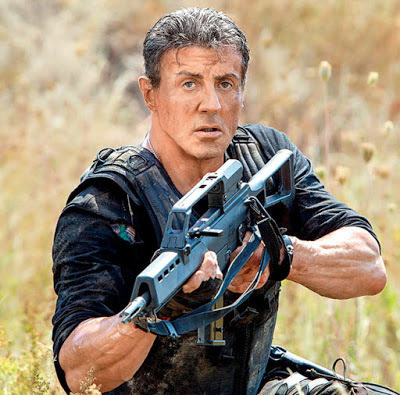
At the 1977 Academy Awards, Rocky was nominated in no fewer than 10 categories, including Best Actor and Best Original Screenplay, and won three Oscars: Best Director, Best Picture and Best Film Editing. It also spawned five sequels, including Rocky II-V over the course of the 1980s and Rocky Balboa (2006).

Clancys comment: I reckon he's up there with some of the best action men in Hollywood.
I'm ...


Published on March 27, 2016 15:36
March 26, 2016
27 March 2016 - WISE ADVICE

WISE ADVICE
G'day folks,
Time for some wise tips to ponder, with some humour thrown in.
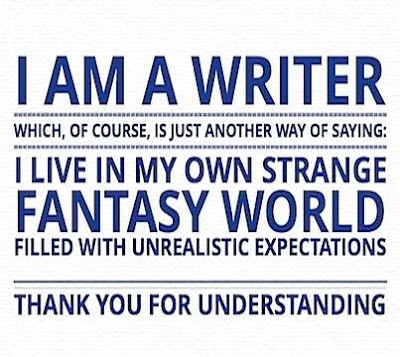



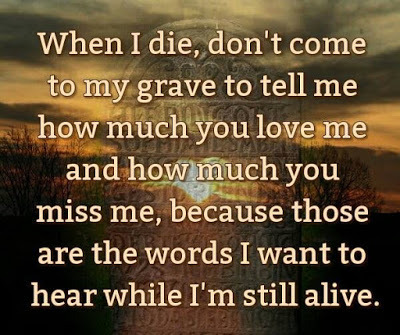
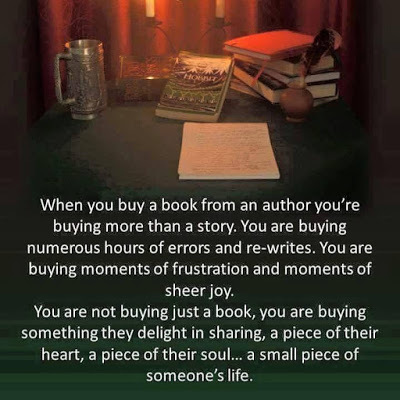
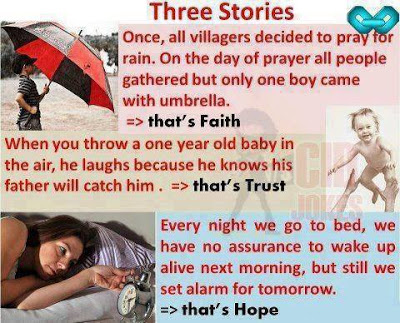


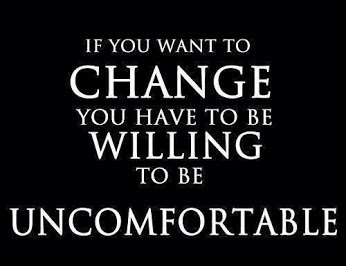

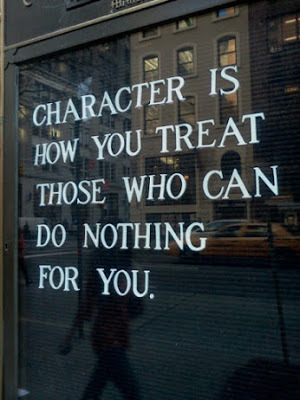



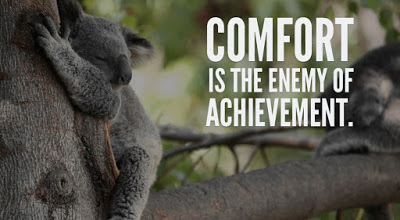




Clancy's comment: I just love those squirrels. They are so cheeky.
I'm ...

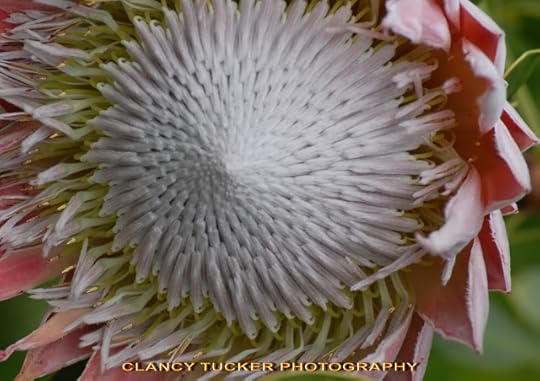
Published on March 26, 2016 15:35
March 25, 2016
26 March 2016 - JOHN HUME - CIVIL RIGHTS ACTIVIST, EDUCATOR & POLITICAL ACTIVIST
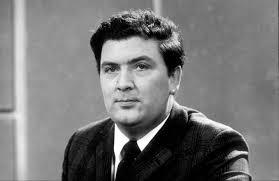
JOHN HUME
CIVIL RIGHTS ACTIVIST, EDUCATOR & POLITICAL ACTIVIST
G'day folks,
Welcome to some facts about John Hume. John Hume, KCSG is an Irish former politician from Derry, Northern Ireland. He was a founding member of the Social Democratic and Labour Party, and was co-recipient of the 1998 Nobel Peace Prize, with David Trimble.
“I never thought in terms of being a leader. I thought very simply in terms of helping people.”
—John Hume
John Hume was born January 18, 1937, in Derry, Ireland. After working as a teacher and civil rights activist, he entered politics and was leader of the Social Democratic and Labour Party in Northern Ireland from 1979 to 2001. He served in the British Parliament from 1983 and the European Parliament from 1979; he was a member of the Northern Ireland Assembly 1998–2000. For his work in bringing about a peaceful solution to the conflict in Northern Ireland, in 1998 he and David Trimble, leader of the Ulster Unionist Party, were awarded the Nobel Prize for Peace.
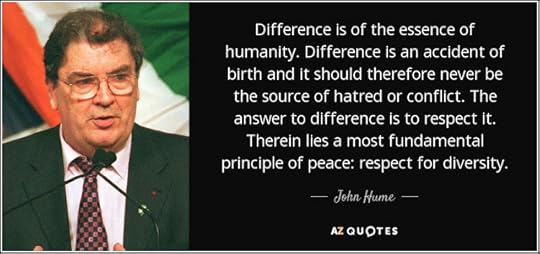
Division
John Hume was born on January 18, 1937, in Derry, Northern Ireland, a border city sharply divided along religious and political lines. The oldest child in his family, Hume was raised in an environment of inequality and discrimination that was the lot for the Roman Catholic minority living under British rule and amidst an often-hostile Protestant majority. Profoundly affected by his experiences, Hume became determined to help alleviate the injustices in his community.
After initially considering the priesthood, Hume chose to study history and French at the National University of Ireland, Maynooth, as well as in France. He graduated with a bachelor’s degree in 1958 and a master’s degree in 1964, at which point he returned to Northern Ireland and found work as a teacher in a secondary school. Through education, Hume sought to help narrow the economic and social divisions in his country and give others the opportunity to lift themselves up.
Activism
Not satisfied with education alone, after returning home Hume became interested in the credit union movement and was one of the founding members of the Derry Credit Union, which issued loans at reasonable rates to those who might not otherwise qualify. Hume remained involved in the movement and would later serve as president of the Credit Union League of Ireland. He was also instrumental in the forming of the Derry Housing Association, an organization that built new homes in the area to help alleviate the housing shortage. Despite the group’s magnanimous intentions, their activities soon raised the ire of the local government, who feared that changing the area’s demographics would threaten their political advantage as well.
Unable to overcome their opposition to his projects, in the late 1960s Hume turned to the streets and employed a method of nonviolent protest inspired by the American civil rights movement to try to effect change in the region. However, his peaceful campaign was met with harsh and sometimes violent counterprotests that resulted in both his brief detainment and the involvement of the British Army, which was brought in to quell the unrest.

Politics
Taking the next step in his crusade, in 1969 Hume won a seat on the Northern Ireland Parliament and the following year founded the Social and Democratic Labour Party (SDLP) for the purpose of unifying Ireland through peaceful means and nonsectarian politics. Hume and the SDLP would win their first victory in 1971, when the Northern Ireland Housing Executive was created to manage matters of public housing independently of local divisions. Sadly, this progress was marred by the intensification of the Irish Troubles, which saw violent attacks on both sides of the religious and political divide and in 1972 resulted in Britain re-implementing direct rule of Northern Ireland.
Despite these setbacks, Hume continued his political advocacy throughout the 1970s and in 1979 became leader of the SDLP. He was also chosen to represent Northern Ireland in the European Parliament. Hume made further gains in 1983, when he was elected to British Parliament, a vote of confidence for his moderate politics, which stood in contrast to the more-extremist views of other parties.
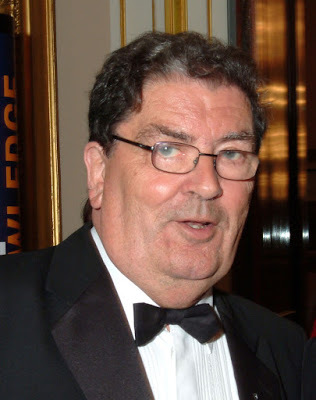
Peace
In these more international posts, Hume was able to make significant strides toward his vision of a peaceful and unified Ireland, lobbying British and American politicians to help him achieve his goals. His efforts are considered instrumental in bringing about the Anglo-Irish agreement of 1985, which allowed for the Republic of Ireland to assume a direct advisory role in Northern Ireland politics on the condition that the future of the government could only be decided by a majority consensus.
But perhaps Hume’s greatest achievement began later that decade, when in 1988 he initiated secret talks with Gerry Adams, leader of the Sinn Féin party, a more hardline group that advocated for the ousting of British rule and the unification of Ireland. The two men met several times between then and 1993, resulting in the Hume-Adams statement, which called for improved relations between Northern Ireland and the Republic of Ireland as well as with England. This arrangement, though harshly criticized on both sides of the political divide, ultimately led to the 1994 ceasefire between Unionist paramilitary groups and the IRA, both of whom had been responsible for much of the violence in previous decades.
This progress was further bolstered when newly elected Unionist leader David Trimble agreed to meet with Hume and members of the government in Ireland. In 1997, Sinn Féin would join the talks as well, and from it was spawned the so-called Good Friday agreement of 1998, which was ratified in an island-wide vote and effectively brought an end to the Troubles by establishing a power-sharing government in Northern Ireland. For his important work in bringing the measure to fruition, Hume (along with David Trimble) was awarded the Nobel Prize for Peace.

After
Hume continued to serve in the governments of Northern Ireland, Britain the European Union until 2004, when he retired from politics. However, he remains active in the international credit union and is involved in charity work to combat poverty around the world. He also serves as the president of the Derry City Football Club, of which he has been a lifelong supporter.

Clancy's comment: Another man with some get up and go. Like those types of guys.I'm ...

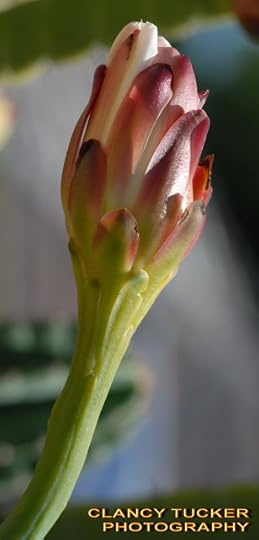
Published on March 25, 2016 16:51
March 24, 2016
25 March 2016 - FABULOUS GIFS

FABULOUS GIFS
G'day folks,
Time to look at some more moving pictures made by some clever people.



















Clancy's comment: Amazing, eh? So clever.
I'm ...

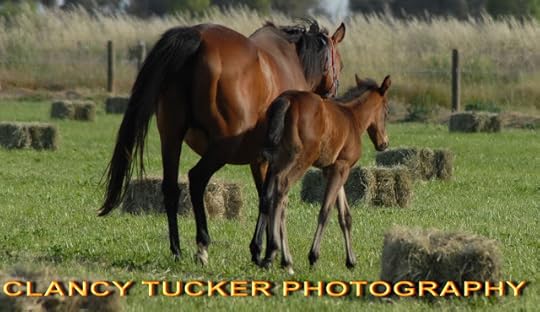
Published on March 24, 2016 15:46
March 23, 2016
24 March 2016 - MORSE CODE
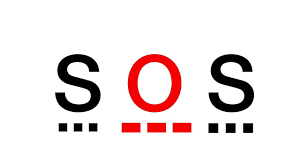
MORSE CODE
G'day folks,
Know anything about morse code? If not, read on ...
On this day in 1838, Samuel Morse’s telegraph system is demonstrated for the first time at the Speedwell Iron Works in Morristown, New Jersey. The telegraph, a device which used electric impulses to transmit encoded messages over a wire, would eventually revolutionize long-distance communication, reaching the height of its popularity in the 1920s and 1930s.
Samuel Finley Breese Morse was born April 27, 1791, in Charlestown, Massachusetts. He attended Yale University, where he was interested in art, as well as electricity, still in its infancy at the time. After college, Morse became a painter. In 1832, while sailing home from Europe, he heard about the newly discovered electromagnet and came up with an idea for an electric telegraph. He had no idea that other inventors were already at work on the concept.
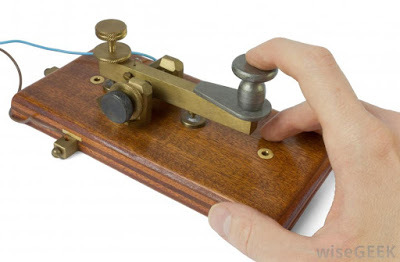
Morse spent the next several years developing a prototype and took on two partners, Leonard Gale and Alfred Vail, to help him. In 1838, he demonstrated his invention using Morse code, in which dots and dashes represented letters and numbers. In 1843, Morse finally convinced a skeptical Congress to fund the construction of the first telegraph line in the United States, from Washington, D.C., to Baltimore. In May 1844, Morse sent the first official telegram over the line, with the message: “What hath God wrought!”
Over the next few years, private companies, using Morse’s patent, set up telegraph lines around the Northeast. In 1851, the New York and Mississippi Valley Printing Telegraph Company was founded; it would later change its name to Western Union. In 1861, Western Union finished the first transcontinental line across the United States. Five years later, the first successful permanent line across the Atlantic Ocean was constructed and by the end of the century telegraph systems were in place in Africa, Asia and Australia.
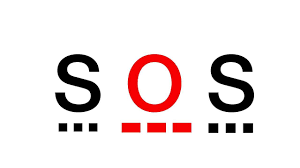
Because telegraph companies typically charged by the word, telegrams became known for their succinct prose–whether they contained happy or sad news. The word “stop,” which was free, was used in place of a period, for which there was a charge. In 1933, Western Union introduced singing telegrams. During World War II, Americans came to dread the sight of Western Union couriers because the military used telegrams to inform families about soldiers’ deaths.
Over the course of the 20th century, telegraph messages were largely replaced by cheap long-distance phone service, faxes and email. Western Union delivered its final telegram in January 2006.
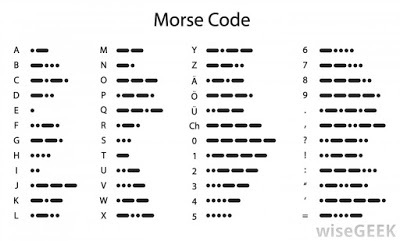
Samuel Morse died wealthy and famous in New York City on April 2, 1872, at age 80.

Clancy's comment: My father made me one of these sets when I was a kid, and I sent thousands of messages to imaginary people. Maybe that's why I became a fiction author.
I'm ...
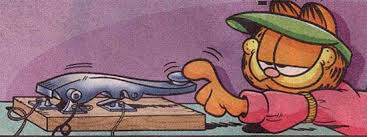
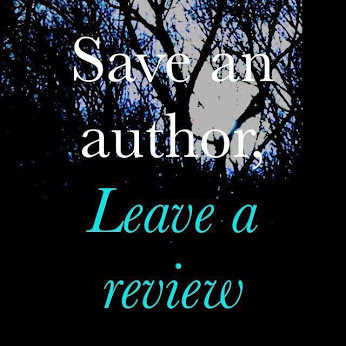
Published on March 23, 2016 16:19
March 22, 2016
23 March 2016 - TOP QUOTES FROM AUTHORS
TOP QUOTES FROM AUTHORS
G'day folks,
Time for some more interesting quotes from authors, and others who have cracked the big time.
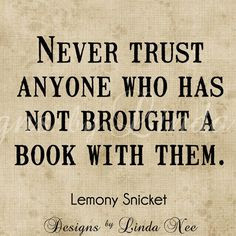
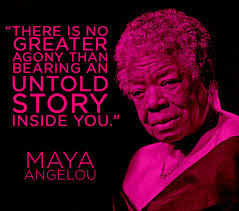
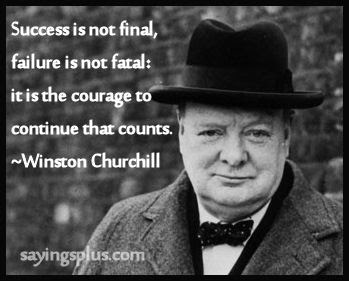
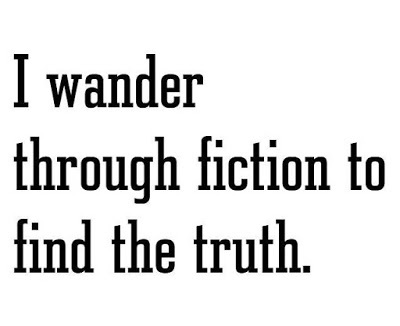
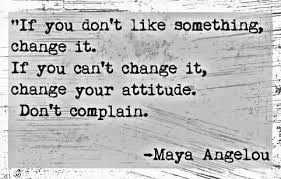
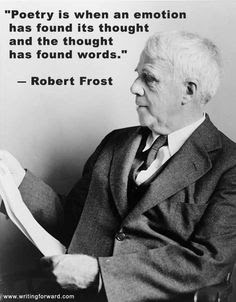

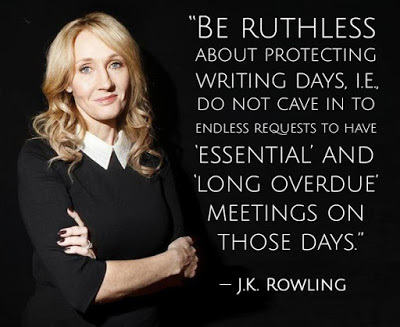
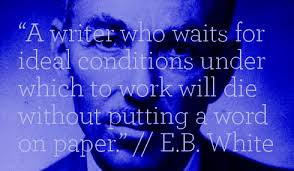
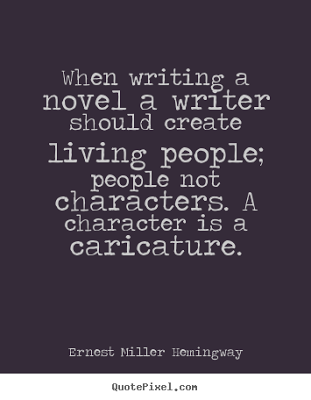
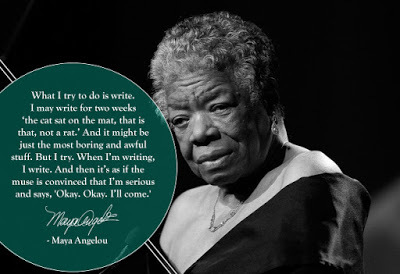


Clancy's comment: There are a few good points here. Hope they stirred you up.
I'm ...


Published on March 22, 2016 15:24
March 21, 2016
22 March 2016 - PERFECT MOMENTS

PERFECT MOMENTS
G'day folks,
Time to present some perfect moment photographs, compliments of Perfectly Timed.



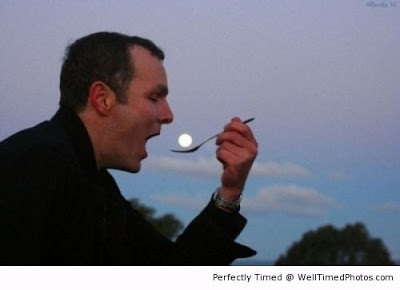

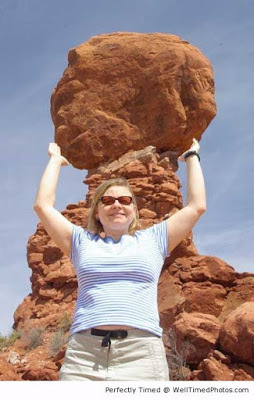




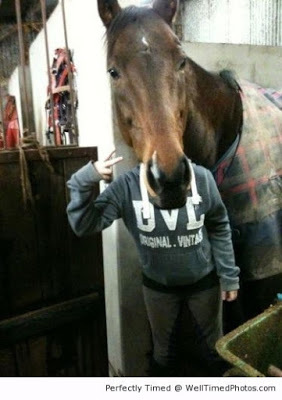





Clancy's comment: There ya go. You always have to have a camera ready, eh?
I'm ...


Published on March 21, 2016 16:20
March 20, 2016
21 March 2016 - CHUCK NORRIS
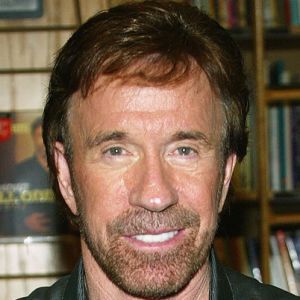
CHUCK NORRIS
G'day folks,
Today, I present one of my favourite action men. Chuck Norris has starred in such action films as Return of the Dragon and Missing in Action. He also starred on the hit TV series Walker, Texas Ranger.
Synopsis
Born on March 10, 1940, Chuck Norris started studying martial arts in Korea in the 1950s. He was serving in the U.S. Air Force at the time. When he returned home, Norris soon opened his karate studio. He switched to movies in the 1970s, appearing with Bruce Lee in Way of the Dragon. Norris became a popular action-film star in the 1980s, and starred in his own television series in the 1990s.
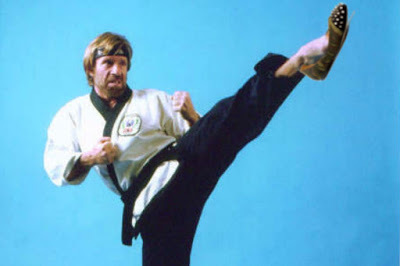
The oldest of three boys, Chuck Norris once described himself as "the shy kid who never excelled at anything in school." His father was an alcoholic who all but disappeared from Norris' life after his parents divorced. At the age of 10, Norris moved with his mother and brothers to California. There, he attended North Torrance High School.
Norris married his high school sweetheart, Dianne Holechek, in 1958 -- the same year he joined the U.S. Air Force. While stationed at the Osan Air Base in South Korea, he began studying martial arts. He left the service in 1962, and started working as a karate instructor.

In the 1960s, Norris opened more than 30 karate studios. He taught several celebrities, including Priscilla Presley and actor Steve McQueen. McQueen encouraged his teacher to try acting. In addition to being an instructor, Norris also was a fierce competitor. He participated in numerous martial arts tournaments, and he won many of the events he competed in.
Norris earned his first World Middleweight Karate Championship title in 1968. Proving to be one of the greatest fighters in martial arts, he defended this title five more times. He decided to retire after his 1974 victory.

Clancy's comment: Yep, another cool actor. Interesting that one of the coolest actors ever, Steve McQueen, convinced Chuck to become an actor.
I'm ...
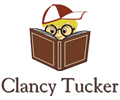

Published on March 20, 2016 16:18
March 19, 2016
20 March 2016 - LAOS
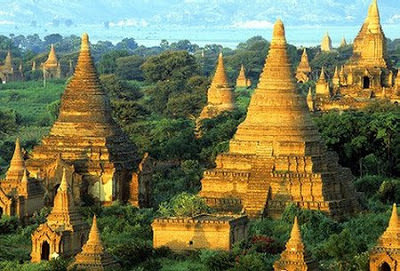
LAOS
G'day folks,
Welcome to some facts on one of my favourite countries, courtesy of Travelfish, one of the best tourism sites on the Net.
Laos is a Southeast Asian country traversed by the Mekong River and known for its mountainous terrain, French colonial architecture, hill tribe settlements and Buddhist monasteries. Vientiane, the laid-back capital, is the site of That Luang, a reliquary reportedly housing the Buddha’s breastbone, plus the Patuxai war memorial and Talat Sao (Morning Market), a shopping complex jammed with food, clothes and craft stalls.
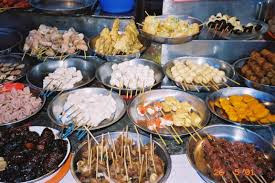
Landlocked Laos is one of Asia's most enchanting destinations. Stunning natural beauty -- think mist-shrouded mountain peaks flanked by jungle-clad valleys teeming with wildlife -- combine with a fascinating Buddhist culture to make Laos a superb destination for backpackers and independent travellers, while luxury tourists are now also well-catered for.
Communist Laos flung open its doors to tourism in the early 1990s. The last two decades have witnessed an explosion in development as businesses -- some Lao, some foreign -- mushroom to cater to the swelling crowds.
Laos is changing fast, but pockets remain well off-the-beaten-track, ready to be explored by adventurous travellers willing to forego the usual tourist luxuries. Those who want to experience a real taste of rural Southeast Asian life will be delighted.
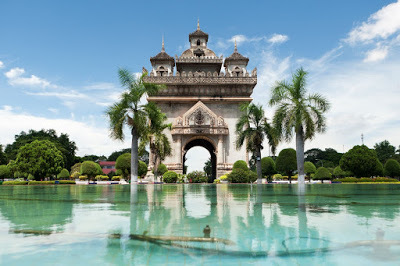
Laos attracts many travellers who consider Northern Thailand to now be over-developed or "touristed out" and are looking for places less inundated with foreigners. Ironically, most of these tourists still stick to a now well-trodden path through the Land of a Million Elephants -- though even these destinations retain an allure little diminished by the crowds.
Incredibly romantic Luang Prabang should be considered a must see, with its glittering temples, saffron-robed monks and sleepy riverine lifestyle. The pace has moved up a notch since the tourists arrived, as slick cafes jostle for space with chic boutiques showcasing the best Laotian wares: intricate weavings, elaborate silver trinkets and speciality foods.
The bustling capital Vientiane tempts many, as does the thriving tourist centre of Vang Vieng. We'd actually suggest you skip the latter -- a heaving backpacker hub -- but the limestone crags and riverside scenery remain gorgeous despite the mass of travellers.
For the independent traveller, those are just the standard spots to tick off the list, with plenty more to be discovered.
The far northern provinces of Phongsali, Luang Nam Tha and Udomxai offer exciting possibilities for independent trekking. The industry is fledgling and infrastructure is still developing, so trips tend to be challenging but infinitely rewarding. In the mysterious northeastern Plain of Jars and north to Hua Phan, you're in the midst of what was Pathet Lao heartland -- an area that the United States tried to bomb back to the stone age and which, four decades later, is still trying to get back on its feet.
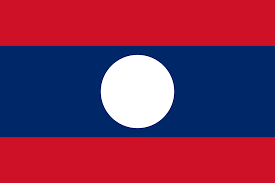
The far south of Laos is also slowly emerging as a trekking centre, although many shoot straight down to 4,000 Islands, including Don Khong, Don Dhet and Don Khon for a taste of lazy island life and a spot of dolphin watching. There is a lot to see and experience in between for the more intrepid. Tha Khaek and Savannakhet offer nascent trekking and caving, while Attapeu, Pakse, Champasak and Salavan are all worthy spots to while away a few days exploring.
Destinations aside, Lao food also entices. Spicy meat salads, sticky rice, noodles, curries and fish tempt right alongside culinary remnants of French colonial occupation. Crunchy baguettes stuffed with pate and salads are standard market fare, while upper-end French restaurants offer delights at astounding prices. And of course, ice-cold Beerlao -- considered Asia's best by some -- is stocked right across the nation.
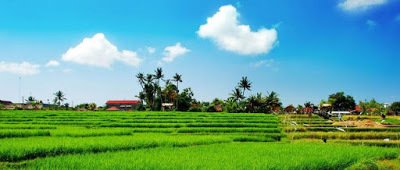
What not to miss
A temple tour, sunset or perhaps an elephant trek from the northern capital of Luang Prabang. A boat ride down the Nam Ou river. A slow riverbank afternoon in Vientiane. Tubing in Vang Vieng. Slow lazy days in the 4,000 islands. World Heritage Wat Phu in Champassak. The spectacular Konglo cave near Tha Khaek.
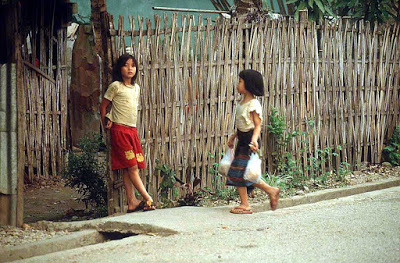
When to go
The most popular time to go is between November and February. There is little rain but the rivers are high and the weather isn't too hot. The Lao rainy season runs from May to October. April is very hot and can be very smoky due to farmers burning back. On the upside April brings Lao New Year -- the party to end all parties.

TRAVELFISH

Clancy's comment: Great country, wonderful people, and superb place for a photographer.
I'm ....

CT on a train in Laos.

Published on March 19, 2016 15:12



